The field of special education faces ongoing challenges – chronic teacher shortages, high attrition rates, interfering behaviors, compliance and documentation demands, and more. Teachers in the moderate/severe classroom often face additional challenges as the only educators in this role on their campus. Further, campus administrators responsible for coaching teachers, evaluating effectiveness, and making programmatic decisions often lack experience and training with this student population. Teachers and administrators alike need a practical roadmap to be successful instructing students with diverse learning and behavior needs. The Moderate to Severe Teaching and Learning Framework is this roadmap.
The Moderate to Severe Teaching & Learning Framework is a practical tool designed for special educators and administrators who serve students with moderate to severe disabilities (MSD) in K-12 schools. The Framework outlines five key components of effective teaching in the moderate/severe classroom and corresponding best practices for implementation.
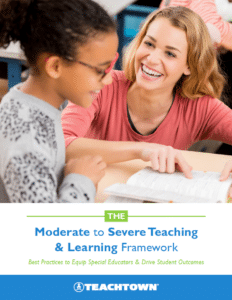
Educators can rely on the Framework as a guidepost for implementing effective teaching strategies with their students. Each component, or section, outlines clear, actionable steps for teachers to improve their practice and/or affirm their current state.
Administrators can consult the Framework when assessing teaching and learning in MSD classrooms. By reviewing the strategies outlined in these five sections and the accompanying assessment, special education leaders will have a clear picture of current teaching and learning practices with their students and actionable steps towards growth goals.
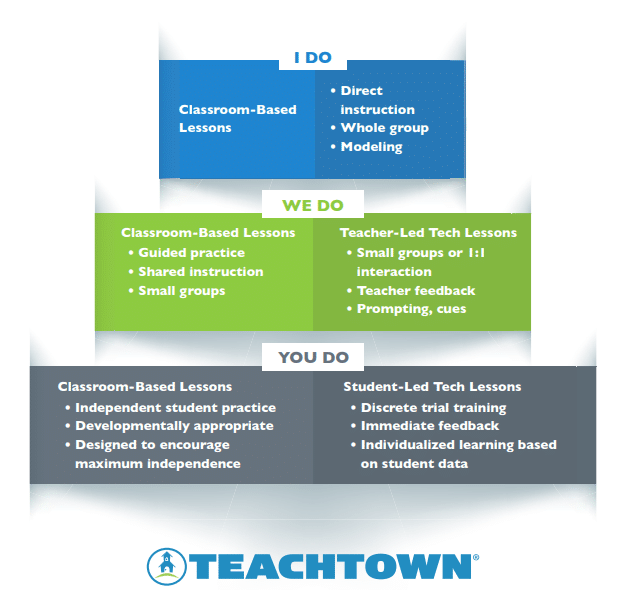
In every classroom, a teacher must determine the ways in which students will engage in learning from a list of instructional methodologies. The phrases instructional methodology, teaching method, instructional method all describe how a teacher is delivering instruction to help students meet the lesson objective. There are a variety of evidence-based methods from which to choose, and expert teachers often use a combination to best support the wide range of student needs and strengths in their classroom. Read on to learn about three of them!
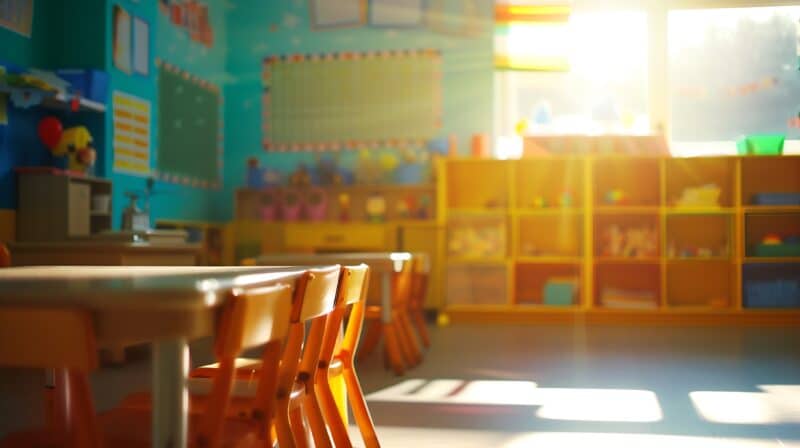
Have you ever felt like your classroom is working against you? You have spent time, energy, and – let’s face it – money to create lessons that are engaging and meet the needs of your students. When those lessons don’t go according to plan, one of the factors that can impact the success of instruction is the physical classroom environment.
The term physical environment refers to the overall design and layout of a given classroom and its learning centers. Special education teachers should design the environment by organizing its spaces, furnishings, and materials to maximize the learning opportunities, accessibility, and the engagement of every student. Put simply, an intentionally designed classroom is essential to establishing a supportive learning community where students feel safe, valued, and ready to learn.

Understanding how to set up and manage a classroom is an essential tool in every teacher’s toolkit. There are certain classroom management strategies that are based in Applied Behavior Analysis (ABA) and have been successful in a wide variety of teaching environments. This blog post will outline teaching techniques that support learning by helping students understand expectations and manage their behaviors.
Classroom management is all of the choices an educator makes to create a learning environment that is conducive to student success. These choices include decisions about classroom set up, instructional techniques, and learning activities that support students. Classroom management is often considered the most important aspect to ensuring a safe, nurturing, and successful learning environment.

It’s no secret that technology plays a large role in all aspects of our lives today. When we wake up, the first thing that many of us do is immediately reach for our cell phones. We check the weather, our email, and social media long before we hop out of bed to start the day. This is no different when it comes to how we are incorporating technology in the workplace, or for students, during the school day. In classrooms across the world, technology has revolutionized traditional teaching methods, creating new avenues for learning and enhancing the educational experience for both students and educators alike.
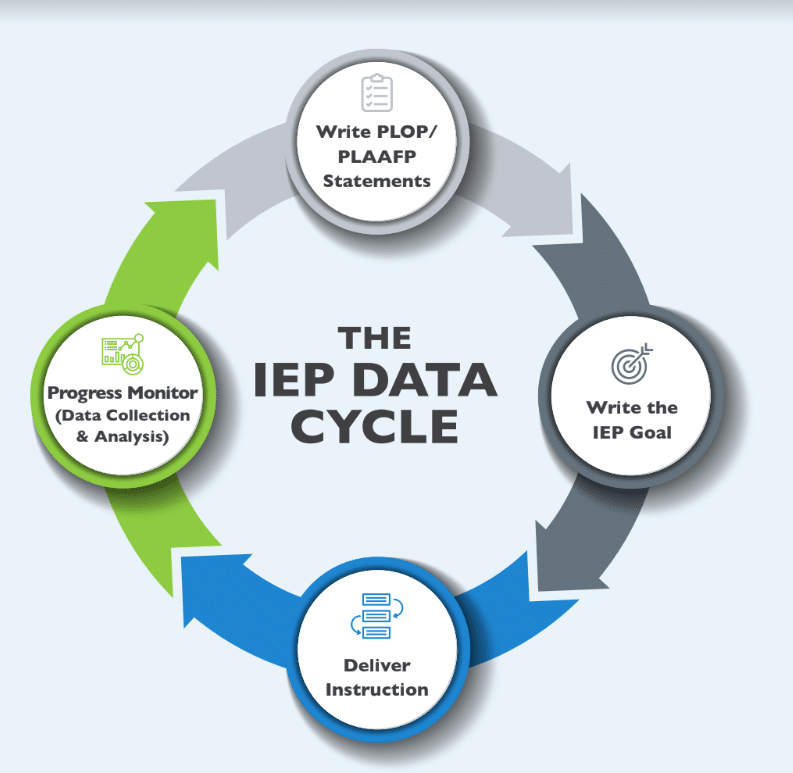
Data drives a multitude, if not all, decisions in special education. When examining the cycle of instruction, the beginning and the end starts with a form of assessment and data collection. Data allows us to track student progress, identify skills that need additional support or reteaching, and fine tune what students need in their learning programs to be successful.
Without data, information crucial to determining current levels of performance may be missing or incomplete, thus, leading to ineffective individualized plans. Whether a teacher or an administrator, the ongoing collection and analysis of student data provides the most current picture of a student’s skills as well as a baseline to demonstrate growth over time. Through the use of data, education teams will be able to make educational decisions that effectively meet the needs of the students.
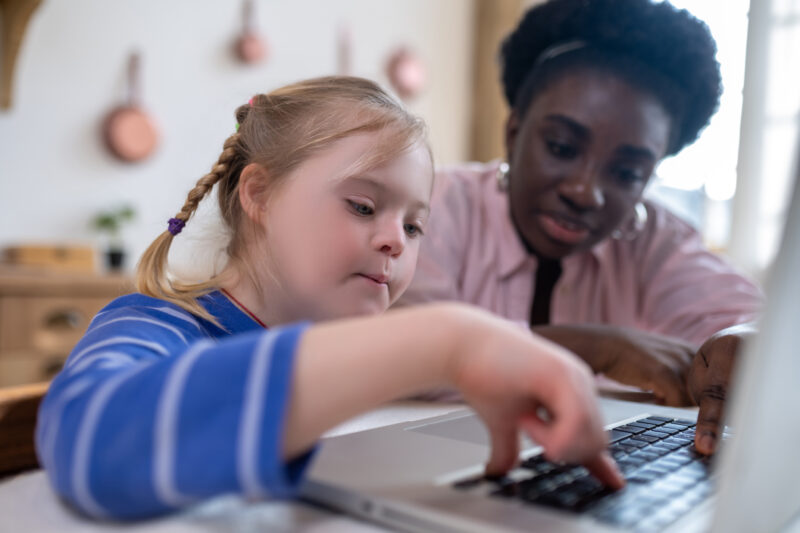
Entering the field of special education is a rewarding journey filled with challenges and triumphs. As a special education teacher, you are stepping into a role that requires patience, creativity, and a deep commitment to helping every student thrive.
In this blog, we’ll navigate essential tips, including collaboration with general education teachers, supporting families, related service providers and paraprofessionals, and tips for balance/self-care, that will help you navigate this dynamic and fulfilling profession.